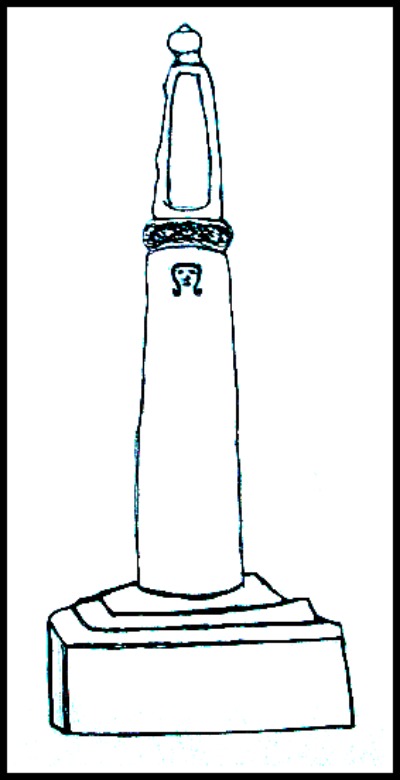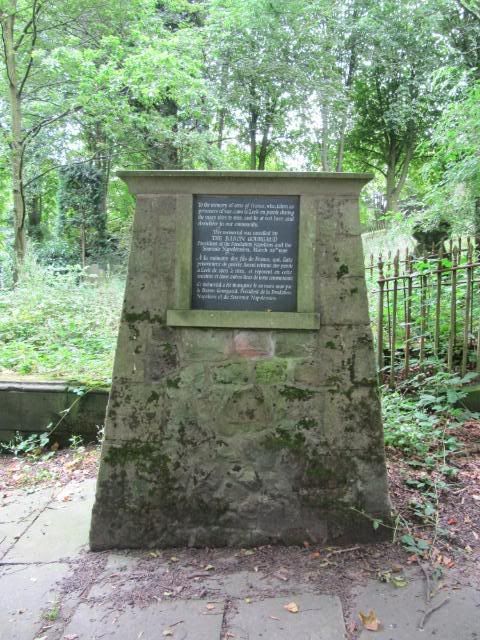The cache contains just the log sheet, please bring your own pen/pencil,
Please enjoy the cache and re-hide as good, if not better, than you found it, Thank You.
Leek parish church is a large and venerable fabric, dedicated to St Edward the Confessor, and standing on an elevated site near the head of the market place, in a large burial ground. It is a Gothic structure, with a square tower, which contains a clock, six bells, and chimes. In the interior are several mural monuments belonging to the Dainty and other families, also a copper plate, dated 1597, to John Ashenhurst and his four wives and ten children. The vicarage is in the patronage of the Earl of Macclesfield, and incumbency of the Rev TH Heathcote, MA. The Revs J Barnes, MA, and EFT Ribbans, BA, are the curates’.
St Edwards is a Grade II Listed building, and has been since 13th April 1951.

There is also a scheduled monument, Anglo-Scandinavian Cross, 2m South of St Edward's Church, at the same location as this building or very close to it. This may be related in some way or possibly a different name for the same structure.

Parish church. Parts of the fabric possibly late 13th Century, but substantially later with some 15th to 16th century fenestration of aisles, and 2 19th century restorations, the first by Ewan Christian, then a major restoration and rebuilding of the chancel by Street in 1867.
Stained glass in east window of chapel dated 1878; Morris and Co.; rose window to N also with glass by Morris and Co. Brass set into east wall, 1597, John Ashenhurst and his 4 wives. south aisle narrower than the north, with Morris and Co. glass in east window, and in the rose window which is a memorial to Dame Elizabeth Wardle, who died in 1902.
Two Saxon Preaching Crosses with Anglo-Scandinavian influence, within the graveyard of St Edward the Confessor, with further fragments and The Staff of Life Stone within the church.
Nearest the vicarage is a 7th Century Cross - the tallest of the two; the designs are faded from the lower part of the shaft, but clear near the top; the wheel is broken at the top.
Nearest the entrance to the church is a heavily fragmented 8th Century Cross, the design near obliterated on some faces.
The location feels special, and with suitable weather makes for a pleasant place of solace; a sign within the porch of the church reads, "You are on a site of great antiquity, or pre-Christian religious significance", and it is from the churchyard here that the Double Sunset was once visible.
St Edwards church in the town of Leek which is located in the Staffordshire Moorlands is surrounded by myths and legends, there can be found strange pillars in the graveyard that may be phallic fertility shafts from an older era. The road and area leading up to the church is named Foxlowe which points to the fact that the church may be built upon an ancient burial mound.
In the past a phenomenon known as a double sunset could be seen from the churchyard of St Edwards which was caused by the sun setting below the hill known as the Cloud and then reappearing, however these days the trees growing in the churchyard now obscure this phenomena. Another legend concerning this church is that the offset clock which can be seen in the church tower conceals a hole caused by Oliver Cromwell’s canon called the Roaring Meg which was fired from Gun Hill.
The latest secret that has been revealed concerning this church came about when a new central heating system was being installed, Brian Hartley, the church’s Fabrics Officer was removing ashes and debris from the floor of the boiler room which is deep below ground under the Vestry when he discovered a hole filled with debris. The photograph below shows the hole which Brian Hartley discovered and which leads to a tunnel which can be accessed by a pair of ladders and which leads upwards.
A Dr Cleverdon who is a local historian was called in to investigate the tunnel and dated it to the eighteenth century when the burial vaults were still being used. However over time the access to the tunnel must have got filled in and forgotten about. There would have been an external entrance but the altar now blocks this access to the tunnel.

A Napoleonic War Memorial, Stands here, in the church yard of St Edwards, Leek.
To the memory of the sons of France, who, taken as prisoners of war, came to Leek on parole during the years 1803 to 1812, and lie at rest here and elsewhere in our community.
This memorial was unveiled by THE BARON GOURGAUD President of the Fondation Napoléon and the Souvenir Napoléonien, March 26th 1996
A la mémoire des fils de France, qui, faits prisonniers de guerre, furent retenus sur parole à Leek de 1803 à 1812, et reposent en cette enceinte et dans autres lieux de notre communauté
Ce mémorial a été inauguré le 26 mars 1996 par le Baron Bourgaud, Président de la Fondation Napoléon et du Souvenir Napoléonien.
Over three hundred French prisoners were held in Leek during the Napoleonic wars (1803 to 1815). They were all officers and therefore "gentlemen". Providing they gave their word (parole) they enjoyed considerable freedom. During the day they could move around town and were allowed up to a mile outside the town boundary.
A Parole Agent was appointed to look after their welfare. The prisoners were given a weekly allowance of ten shillings, and had to muster twice weekly in the Market Place. The officers played a part in the social life of the town. A few brought in their families and servants. Some of the less well-off found work. Some started relationships with local women. There were several weddings.
Of the 346 prisoners in Leek who gave their parole, 41 escaped (6 were recaptured). A few died and are remembered on tombstones in St Edward's churchyard. These include: Joseph DEBEC, Jean Baptiste NILLOT, and Charles LUNEAUD. A few made their lives in Leek and remained after war ended.
Leek was one of 50 towns in the UK where French officers were held. Other ranks did not fare so well, they were incarcerated in prisons and prison hulks.
**************************************
If anybody would like to expand to this series please do, I would just ask that you could let sadexploration know first so he can keep track of the Church numbers and names to avoid duplication.
To view the church micro stats & information page, please click here
*************************************